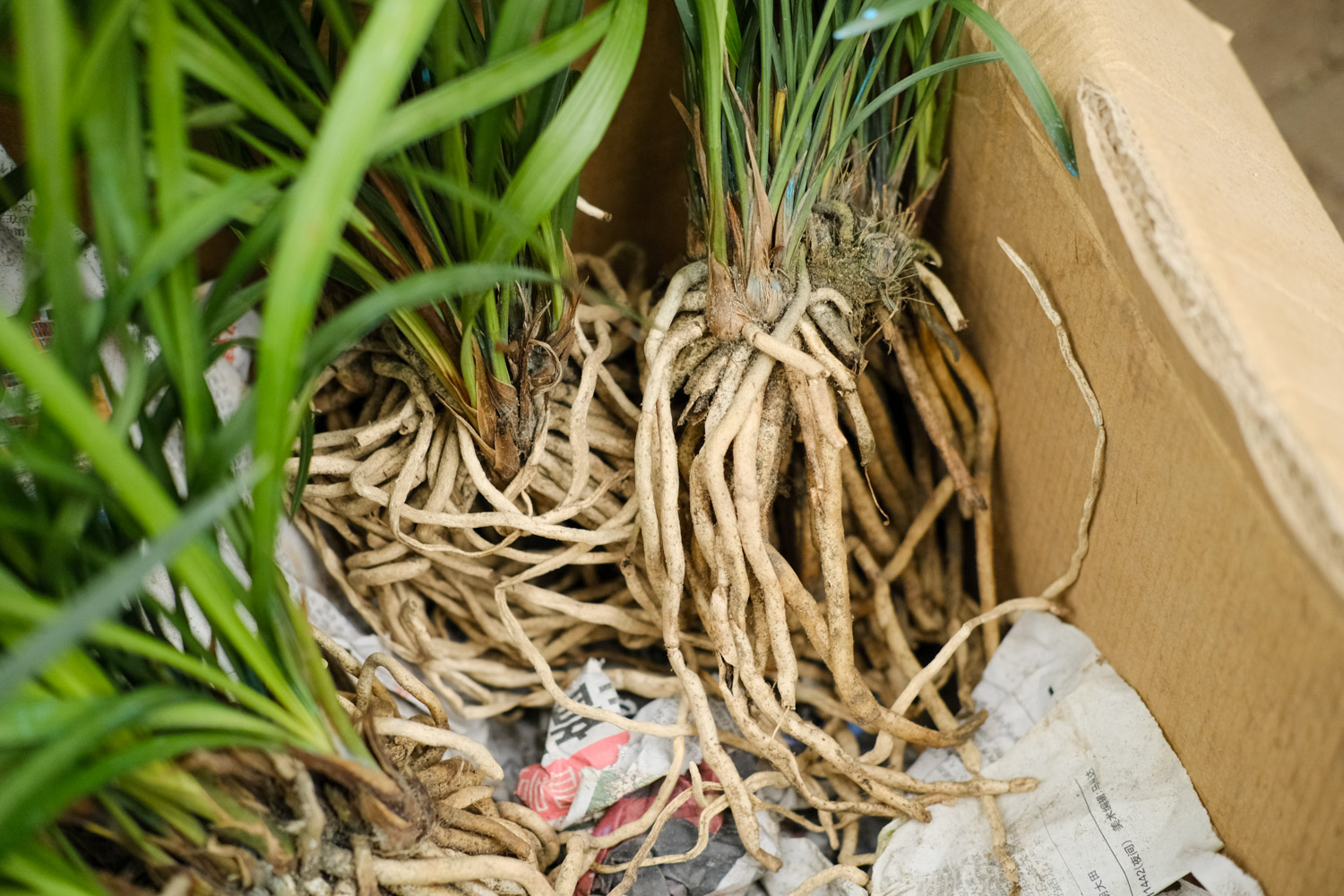1、 How
1. Remove all the outer skin of the rotten root of the orchid and leave a root core with a length of about 3-5cm. Then cut the leaves in half, soak the plants in potassium permanganate solution for about 15 minutes, and then put them in a cool and ventilated place to dry for about half a day. If there is a sun, you can roll the leaves with a newspaper, expose the reed head and put it on the shelf. About 10 minutes in summer and 1 hour in winter
2. Prepare clean soft river sand or water moss as planting material for orchids. It's best to plant with moist river sand and disinfect it before use. When planting, plant materials shall be used to cover the orchid reed head for about 2-3cm

3. The flowerpot needs to be scalded with boiling water before use to disinfect it. Then lay a layer of leaves or moss at the bottom, which can effectively prevent the loss of sand and moisturize at the same time
4. The dried orchids are planted into a flowerpot with river sand, then covered and compacted with plant materials, and then covered with a layer of moss on the surface, which can play a role in moisturizing. Without watering after planting, put the plant in a cool place and let it recover its growth. When the orchid appears new buds, it means that the plant has survived

2、 How to send new roots
1. Suitable temperature: suitable temperature can make orchids grow new roots quickly. If the temperature can be maintained at about 28 degrees, orchids can germinate new roots quickly. In addition, the suitable temperature for the growth of orchids is between 20-30 degrees. In this temperature range, the roots of plants can germinate and grow rapidly
2. Proper humidity: both inside and outside the pot need good humidity before the plant can develop new roots. The environmental humidity should be kept at about 70%, and the basin should be kept wet rather than dry, wet but not stained, so that the crystal head of orchid can grow rapidly


 how many times do yo...
how many times do yo... how many planted tre...
how many planted tre... how many pine trees ...
how many pine trees ... how many pecan trees...
how many pecan trees... how many plants comp...
how many plants comp... how many plants can ...
how many plants can ... how many plants and ...
how many plants and ... how many pepper plan...
how many pepper plan...

























